The Cherokee County Educational Foundation | Educate. Innovate. Celebrate. | Click Here to Donate
Understanding Leap Year: Implications for the Classroom
It's that time again when February has 29 days instead of 28 days. That's right, 2024 is a Leap year! As we approach the end of the month, let's look at the scientific explanation, the history behind it, and what teaching avenues it provides for the classroom.
Leap Year is more than just a random day added to the calendar. It is a solution to an astronomical puzzle, and it opens doors for students of all ages to expound upon traditional learning disciplines.
Understanding Leap Year
A Leap Year occurs every four years to help synchronize the calendar year with the solar year, or the length of time it takes the Earth to orbit the sun. While our calendar usually consists of 365 days, the actual solar year is approximately 365.2425 days. This difference might not seem like a major concern, but without correction, our calendar would slowly drift from the solar year by about one day every four years. Over a long enough period, this would significantly misalign the seasons with our current calendar dates.
To make up for the extra time each solar year, an extra 24-hour day, February 29th, is added to the calendar about every four years. This solution was refined and implemented in the Julian Calendar by Julius Caesar in 46 B.C. and later adjusted in the Gregorian Calendar, which is the calendar we use today.
To make up for the extra time each solar year, an extra 24-hour day, February 29th, is added to the calendar about every four years. This solution was refined and implemented in the Julian Calendar by Julius Caesar in 46 B.C. and later adjusted in the Gregorian Calendar, which is the calendar we use today.
Leap Year and the Classroom
Leap Year provides an excellent comprehensive educational opportunity in the classroom. Here are a few ways educators can incorporate Leap Year into February lessons:
Mathematics and Astronomy
At its foundation, Leap Year is a mathematical adjustment for an astronomical perplexity. It offers a practical lesson in fractions and the importance of observing and recording time. Teachers can also use it to discuss the solar system, Earth's orbit, and the connection between us and the cosmos.
Literature and Culture
Leap Year traditions and folklore are great writing prompts. Students can research and address various cultural perceptions of Leap Year and how it is represented across literature and art.
For example, in several parts of the world including Scotland and Ireland, it is common for women to be the ones that propose marriage to men on a Leap Day. There is a town on the border of Texas and New Mexico that holds a festival every Leap Year to celebrate the oddity. Whereas Italians see Leap Years as unlucky and avoid making large purchases. These traditions give a glimpse at how varied societies interpret and observe the extra day.
Critical Thinking and Debate
Leap Year gives students the chance to think deeper and debate topics such as the possibility and problems with developing a new calendar system, the meaning and value of time, and the daily effects of having an extra day every four years.
Leap Year is much more than a random extra day on the calendar, it is a fascinating response to a mathematical dilemma that spans centuries and gives insight into our quest to organize the world around us.
In the classroom, it offers abundant subject matter for students to explore math, time, space, and their place in it all. As we mark another Leap Year, let's use the occasion to inspire deeper thinking and exploration of a phenomenon that only comes around every four years.




